Connect with OneDrive
High Quality Video Sharing
Store & share your recordings seamlessly with OneDrive integration
7 min to read
Supply Chain performance is a critical business method, not just a business purpose. The main trends in the business right now are low-cost country sourcing, outsourcing, customization, and globalization— all of these create tremendous complexities in a supply chain.
It refers to the extended supply chain’s activities in meeting end-customer requirements, including product availability, on-time delivery, and all the necessary inventory and capacity in the supply chain to deliver that performance in a responsive manner. The primary reason for monitoring your supply chain performance is to not just focus only on the single area that is underperforming but also on that is aligned with the whole supply chain strategy.
To advance your supply chain performance, you must understand how it is currently performing, e.g. it needs to be measured.
For more accuracy in measuring, we should be focusing on:
Now let’s take a look at some most important supply chain performance measurement strategies.
Also Read: How Blockchain Is Revolutionizing The Supply Chain Industry?
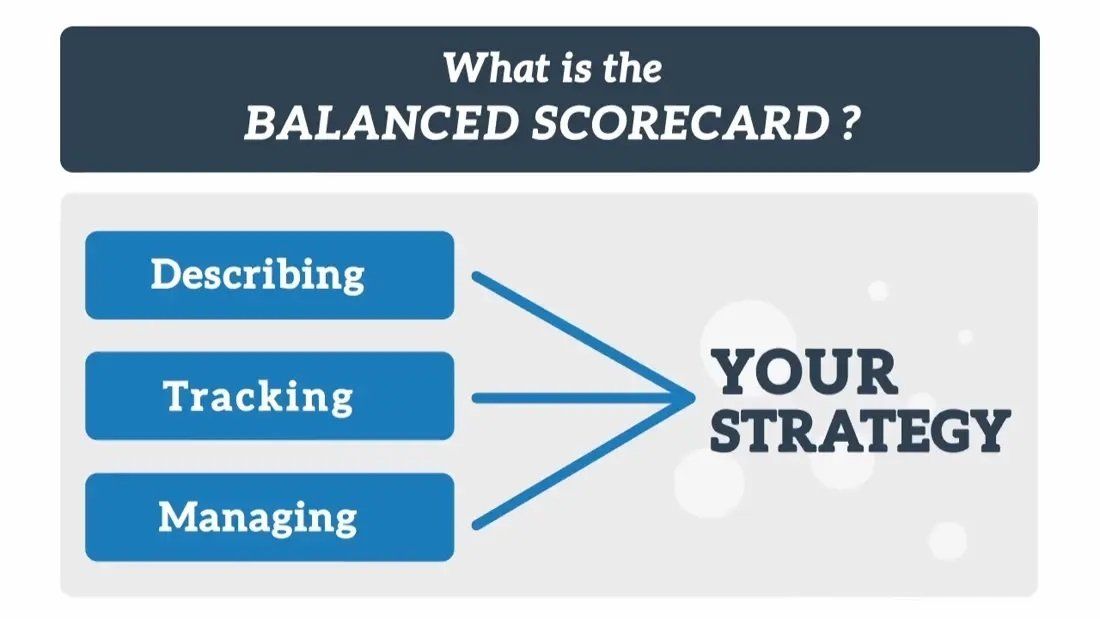
The main function of a balanced scorecard is to help the business manage its future growth, plans, and objectives by measuring the requirements to set goals.
This scorecard is used in the company’s metrics and it can be simple or complex as needed, according to demand.
A balanced scorecard supplies keen insights into core operations. It also has advanced praise for using EIS, an Executive Information System, to monitor supply chain performance. So your main strategy is like describing, tracking, and managing.
Its measuring features is using several conditions to scale the supply chain performance-
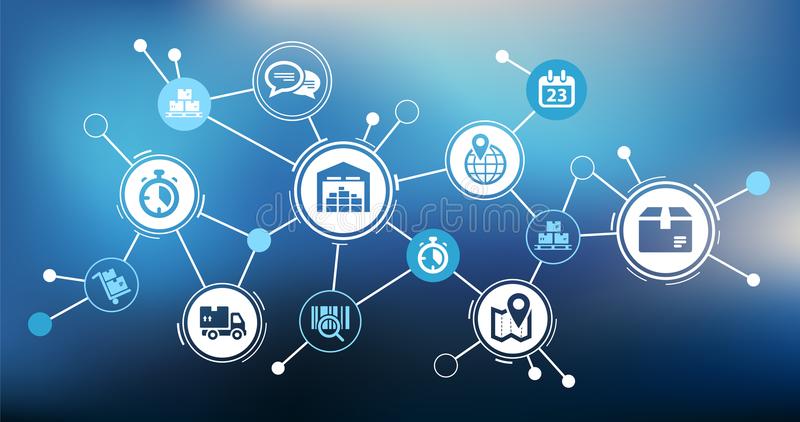
In order to increase efficiency and capability, supply chain performance will be staffed and analyzed. This structure will totally depend on the company’s strategies and implementations after it will be resulting in better facilities. Generally, staffing is the key to success for supply chain performance. It is one of the real issues, not just for the customers, but also for the suppliers.
To set or establish a better-staffed supply chain, leaders should maximize strategic thinking toward communication and relationship skills internally as well as externally. Knowledge is one of the most valued things to set up an appropriately staffed supply chain whether your staff will be well informed or well trained. It will be more useful in the staff chain because they are more valued and do their work appropriately.
Therefore, staff training is very important to maintain the supply chain and its performance.
Reportedly, this combination leads to more harmony between strategy and implementation, while also resulting in the best service.
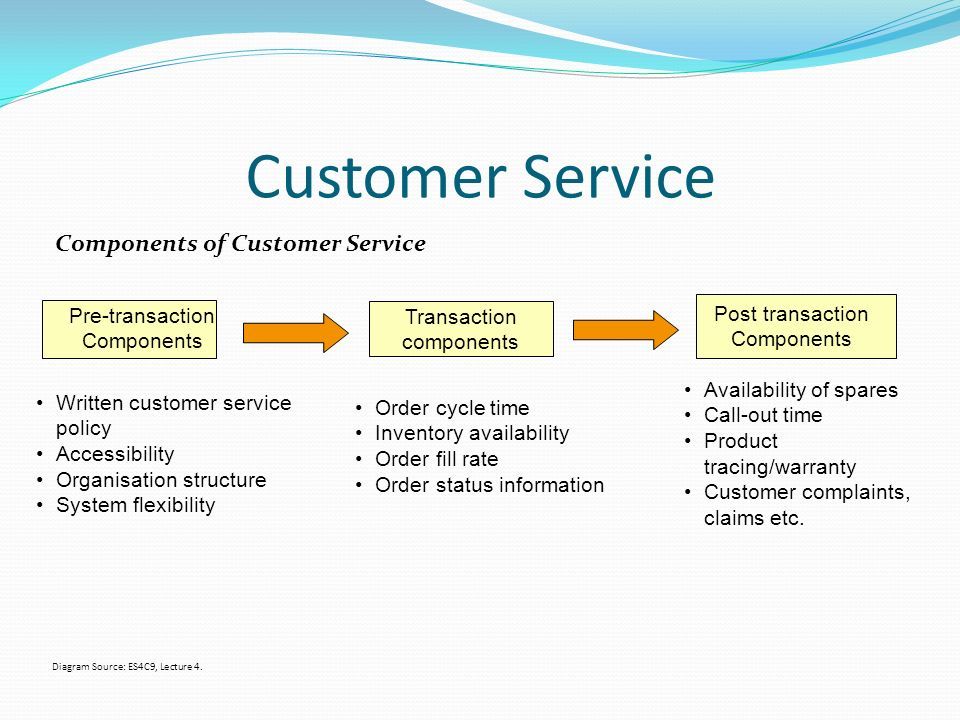
The customer service level in the supply chain is a function of several different performance indices. The first one is the order fill rate, which is the fraction of customer demands that are met from stock.
Every company knows how important customer service is, to monitoring supply chain performance. Generally, these are well-defined and sometimes, even more, measuring for logistics operations. If the manufacturing operation involves custom components, the flexibility of the supplier works as another capacity limit of supply chains and has a substantial impact on the customer service level.
Here are some things to get you started toward a more customer-centric approach-

Basically, healthy supply relationships are the ones with two-way communication between the customer and seller.
In today’s world, to maintain a healthy relationship, the word trust plays a very important role between customers and suppliers, it is also a crucial part of supply chain performance.
Earn their trust with honest communication, listening to their concerns, and involving them in your processes, it’ll ultimately makes them a vested partner in your business. If you have a balanced and healthy relationship with your suppliers and treat them as partners, then definitely business will experience higher success rates, decreased risks, and enhanced collaboration and innovation.
The major factor for supplier relationship management is having an aligned arrangement which is helpful to view your suppliers and evaluate all the risk factors.
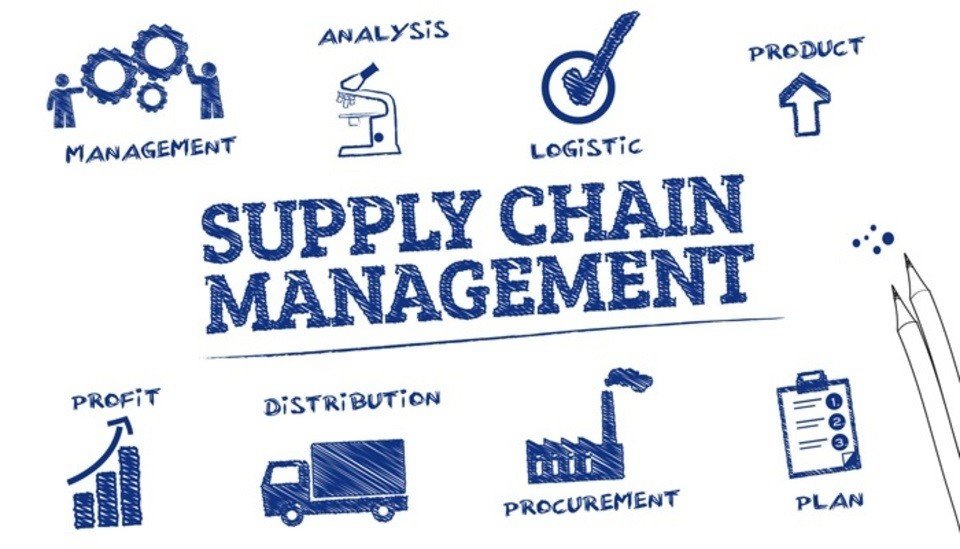
Outsourcing the supply chain operation is one of the best ways to improve or monitor your supply chain performance. Generally, the most expensive aspects involved in this are warehousing and transportation.
Similarly, in addition to outsourcing, automation is also another key that helps to reduce costs and improve supply chain management. Automated solutions can cover all the warehouse methods, from receiving, putting away, transferring, picking, packing, and shipping.
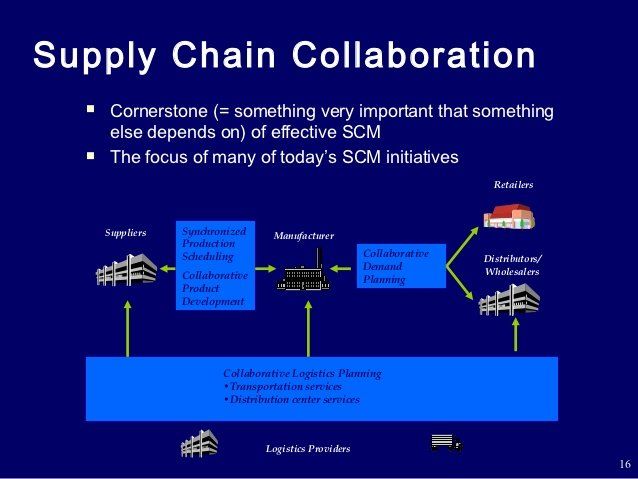
Basically, the strategic selection of suppliers is one of the most difficult and important tasks for managers for successful supply chain management.
During the supplier’s selection process, so many factors are needed for management such as strategic, operational, tangible, and intangible measures, etc. Similarly, adding the collaboration element to strategic sourcing also helps to give better results and provide better monitoring.
Collaboration is at the heart that’s why there are four key fundamentals to excellence in supply chain performance, which are:
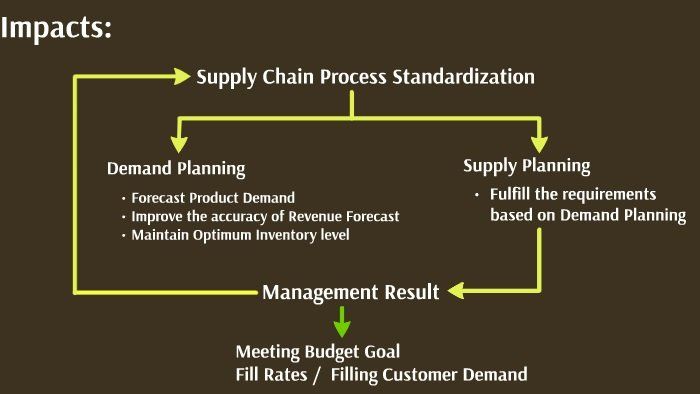
Standardization is the process that defines developing and implementing technical standards. With the help of this, costs can be saved by reducing expenses associated with supply chain management.
Standardization is one of the key strategies because it can help to maximize the compatibility, interoperability, safety, repeatability, or quality of the product.
It also helps to smooth out the activities that it processes for business partners which also provides higher efficiency.
Benefits from standardization are as follows:
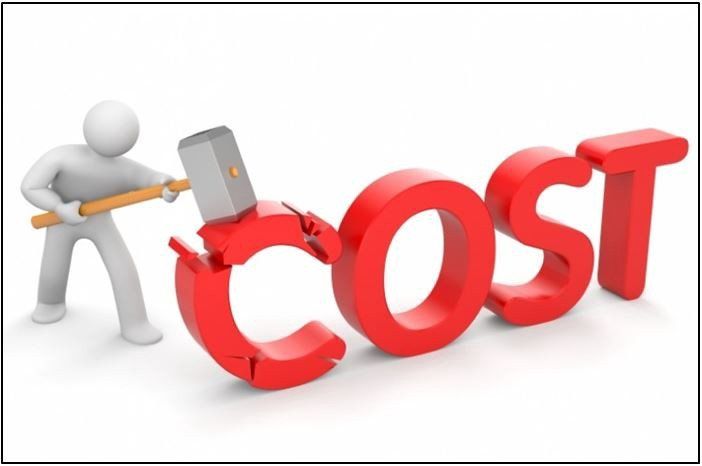
Optimizing inventory can have an amazing blow on supply chain performance. The right way to optimize your inventory is done with full of the strategy depends as much on the operations, warehousing, and distribution strategy of a business.
Basically, the key step toward optimizing inventory levels includes recording and monitoring data for fast supply chain performance.
For comprehensive inventory optimization, it is important to closely integrate all areas of the supply chain and include data from internal and external systems.

While monitoring, your team members and coworkers should be constantly reviewing all processes, policies, efficiency, describing expected tasks and outcomes, etc. on a regular basis.
Because this will help to avoid damages and losses in any business and similarly be used to help streamline operations while mitigating the risk of theft, fraud, etc.
Risk mitigation is basically done by three main key facts to monitor the supply chain performance.
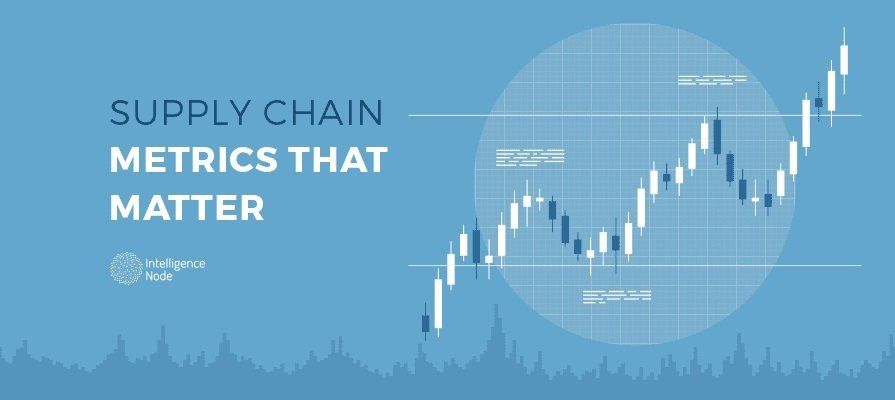
When any company wants to monitor or scale the supply chain performance, then various metrics can be used for it.
The different attributes of good metrics are as follows.
Now it comes to tracking the logistics metrics which can help you to identify and tackle issues in your warehouse before they become a problem.
The main aim of supply chain performance is to help the suppliers, customers, and decision-makers to make the right choice and plans. It also includes an analysis of various performance data, monitoring, measurement, different operations, and synchronization. Furthermore, you can improve and enhance what you measure. Similarly, it refers to extended supply chain activities including product availability and on-time delivery.
At Codersera, we aim to provide you with updated information so that you can create a powerful knowledge base for years to come.
FAQ's
A supply chain is a network between a company and its suppliers to produce and distribute a specific product to the final buyer.
Supply chain management is the handling of the entire production flow of a good or service — starting from the raw components all the way to delivering the final product to the consumer.
Supply chain monitoring is the general process of tracking various operations and events in the supply chain—i.e., from the time enterprises order raw materials or parts from suppliers until the final products reach customers' doorsteps. Essentially, it is part of the overall operational supply chain management.
Need expert guidance? Connect with a top Codersera professional today!